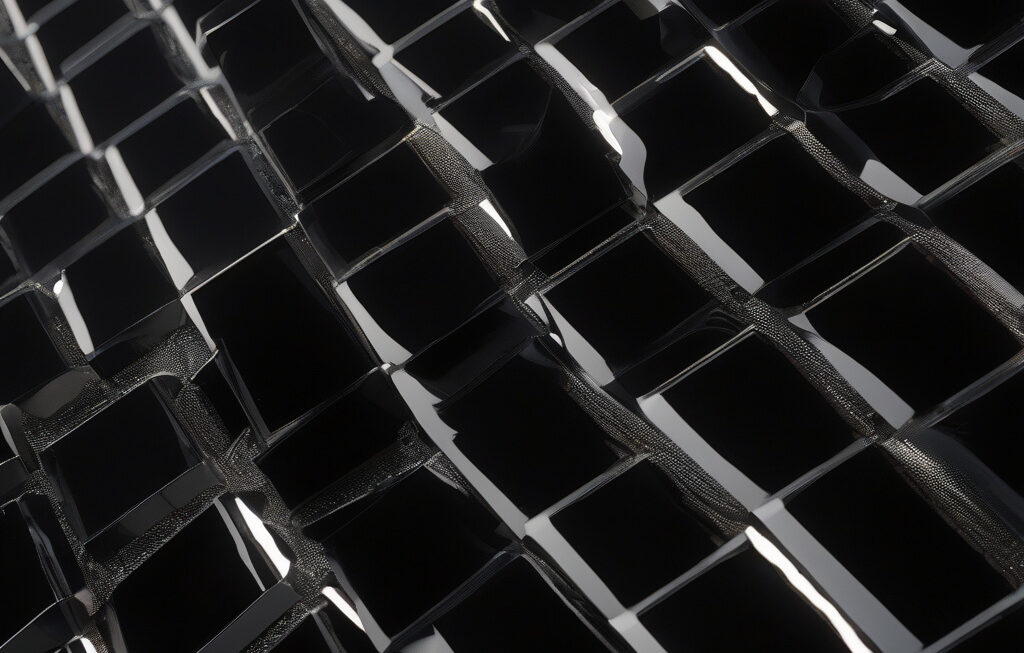World’s First Sun-Powered Thermal Desalination Tech Extracts Lithium, Cuts Brine Waste
Australian National University (ANU) researchers have developed a simple, cost-effective technique that could transform how we approach desalination and lithium extraction. This innovative technology harnesses the power of the sun to drive thermal desalination processes, offering a sustainable solution to two pressing global challenges: water scarcity and the demand for lithium, a critical component in batteries and various electronic devices.
Traditional desalination methods are energy-intensive and often rely on fossil fuels, contributing to carbon emissions and environmental degradation. In contrast, ANU’s sun-powered thermal desalination technology utilizes solar energy to evaporate seawater and separate salt from the freshwater, making it a clean and renewable alternative. By integrating lithium extraction into the desalination process, the researchers have also found a way to tackle the growing need for this valuable metal while minimizing brine waste.
The key innovation behind this technology lies in its simplicity and efficiency. By combining desalination and lithium extraction, the system maximizes resource utilization and reduces environmental impact. The process begins by heating seawater using solar collectors, which creates steam that can be used for both desalination and lithium extraction. As the steam condenses, it produces freshwater while leaving behind concentrated lithium solutions, which can then be further processed to extract the valuable metal.
Moreover, the integration of lithium extraction into the desalination process helps address the issue of brine waste disposal. Brine, the concentrated salt solution left after desalination, is a major environmental concern due to its high salinity and potential harm to marine ecosystems. By converting brine waste into a valuable resource for lithium production, ANU’s technology not only reduces environmental impact but also creates economic opportunities from an otherwise problematic byproduct.
In addition to its environmental benefits, the sun-powered thermal desalination technology also offers economic advantages. By utilizing freely available solar energy, the operating costs of the system are significantly lower compared to traditional desalination methods. This cost-effectiveness makes the technology particularly attractive for regions facing water scarcity and high energy costs, where sustainable solutions are urgently needed.
The potential applications of this technology are vast, ranging from small-scale community desalination plants to large industrial operations. In regions with abundant sunlight and limited freshwater resources, such as Australia, the Middle East, and parts of Africa, ANU’s sun-powered thermal desalination technology could offer a sustainable and cost-effective solution to water security challenges. Furthermore, as the demand for lithium continues to rise with the growing popularity of electric vehicles and renewable energy storage systems, the integration of lithium extraction into desalination processes could help meet this demand in a more sustainable manner.
Overall, ANU’s groundbreaking research represents a significant step towards a more sustainable and integrated approach to water desalination and lithium extraction. By harnessing the power of the sun to drive these processes, the technology not only reduces environmental impact but also offers a practical solution to pressing global challenges. As we look towards a future where clean water and renewable energy are paramount, innovations like this one pave the way for a more sustainable and prosperous world.
ANU, Desalination, Lithium Extraction, Solar Power, Environmental Innovation












